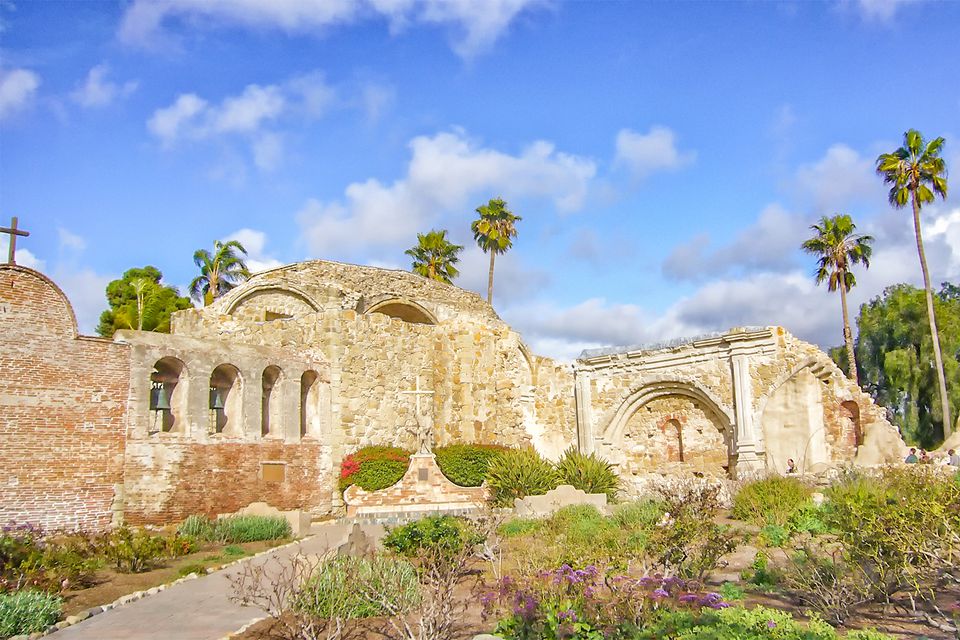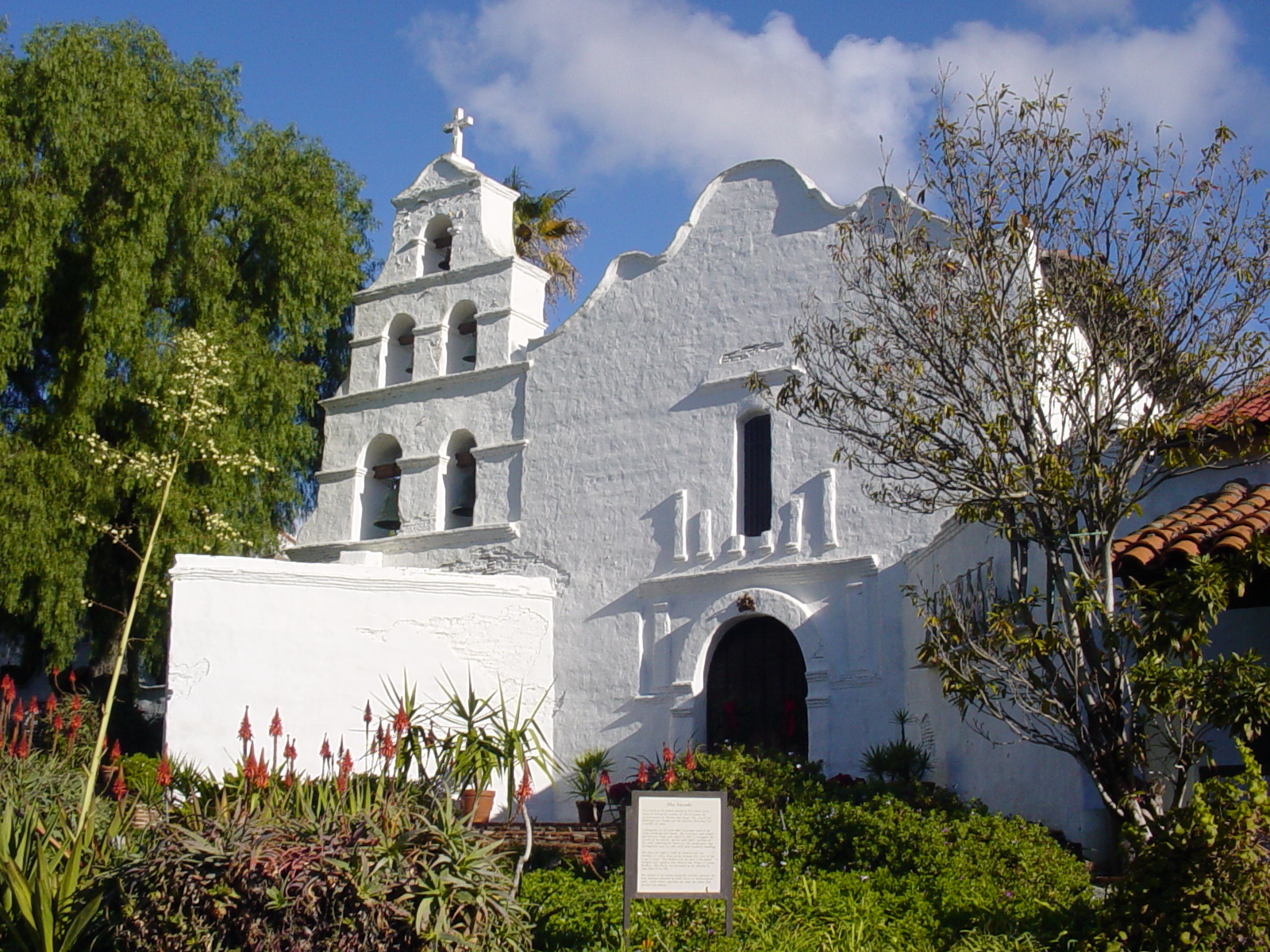About 15 years ago, I went to Colorado Springs to visit both the Focus on the Family Visitor Center and New Life Church. The latter is a Protestant community nearby with nearly 14,000 congregants. I always half-joke that Colorado Springs is the “Protestant Vatican,” but I am half-serious: These two centers alone are the engines for countless missions in dozens of countries, not to mention the hundreds of other Protestant communities in Colorado Springs. In Colorado Springs, many Catholics might be surprised to see that Protestants have a relatively unabashed approach to “sacramentals.” Many Protestant Mega-Church communities now sell “holy water” from the Jordan and “holy oil” made from olives from the Garden outside Jerusalem. You can purchase small bottles with labels of oil from the Holy Land and bring it home for personal anointing. In fact, for all the history of iconoclasm in Protestantism, you can even see a statue of a modern-day Protestant “saint” near Dr. James Dobson, seen below as founder of Focus on the Family.
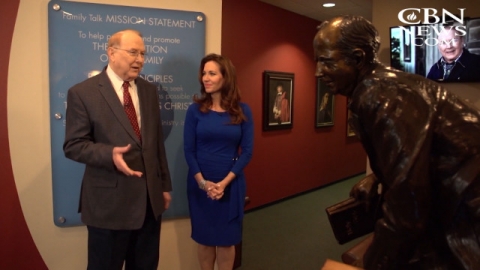
This is not a Protestant-bashing post. My point is that Protestants have gained a desire for physical expressions of faith while many Catholics the past 50 years became embarrassed regarding the incarnational side of our Faith. Was this to please the very Protestants who would one day hunger for incense and candles in “emergent communities”? In fact, many of the early founders of Campus Crusade for Christ actually became Antiochian Orthodox Christians because of Divine the Divine Liturgy. Fr. Peter Gillquist recounts, “I remember a short time after that I was reading John 6, which is where Jesus teaches extensively that ‘unless you eat My flesh and drink My blood you have no life in you.'” I fondly recall that some of my favorite parishioners from the time when I was briefly with the FSSP on the East Coast were ex-Protestants. They had a relationship with Christ, and now they wanted that relationship taken up to heaven in the glory of the Traditional Latin Mass.
Driving around the Southwest of the United States this past year, I noticed that the above phenomena of faith were happening in art, too. I took note of the modern design of Catholic Churches. The most striking thing was when I noticed that a relatively-newly built Catholic Church looked suspiciously like a burger joint:
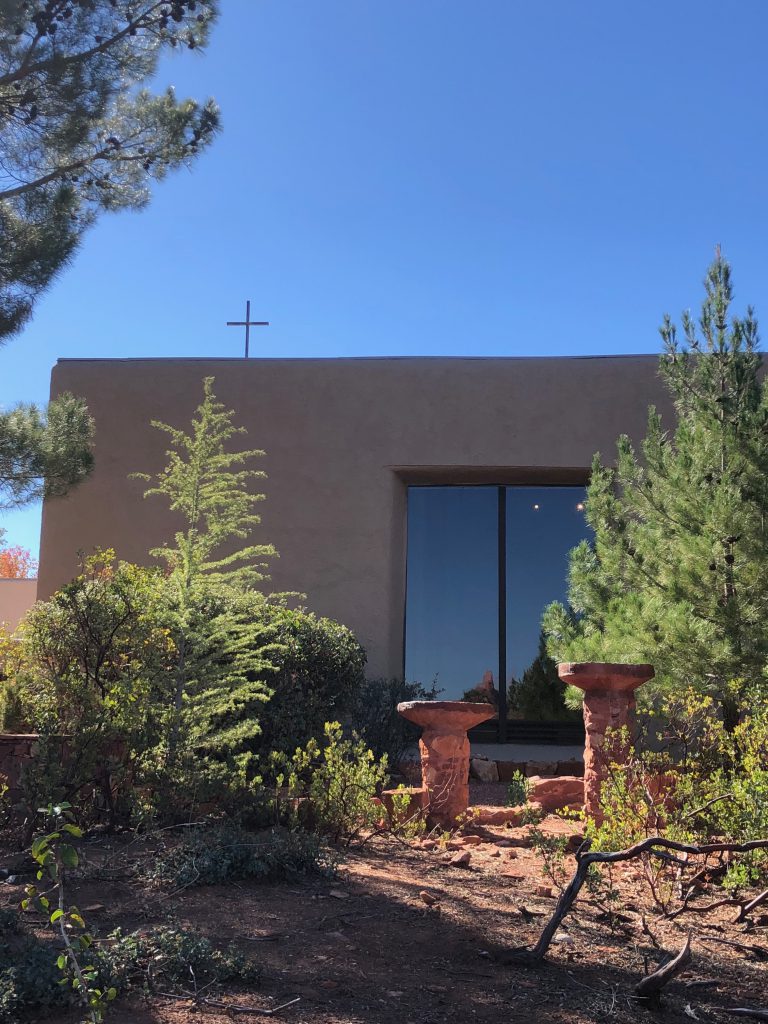
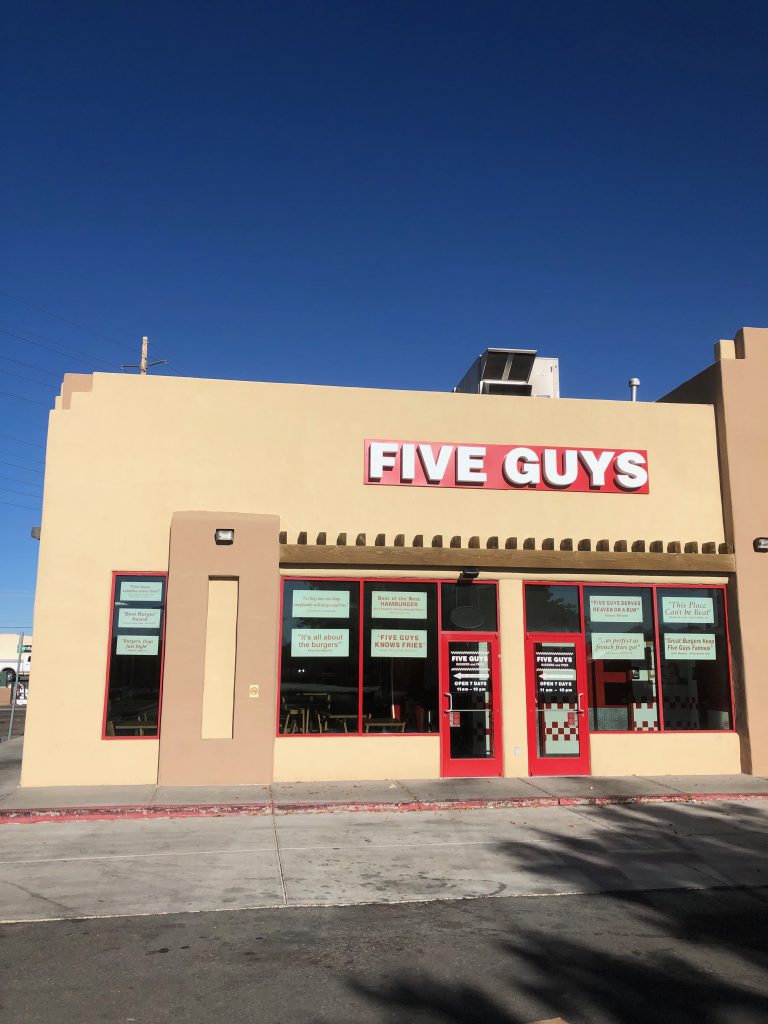
But you can’t just say that the above resemblance is coincidental based on regional similarities of the Southwest United States. In fact, I then found a Methodist Church that looked exactly like an old Catholic Spanish mission:
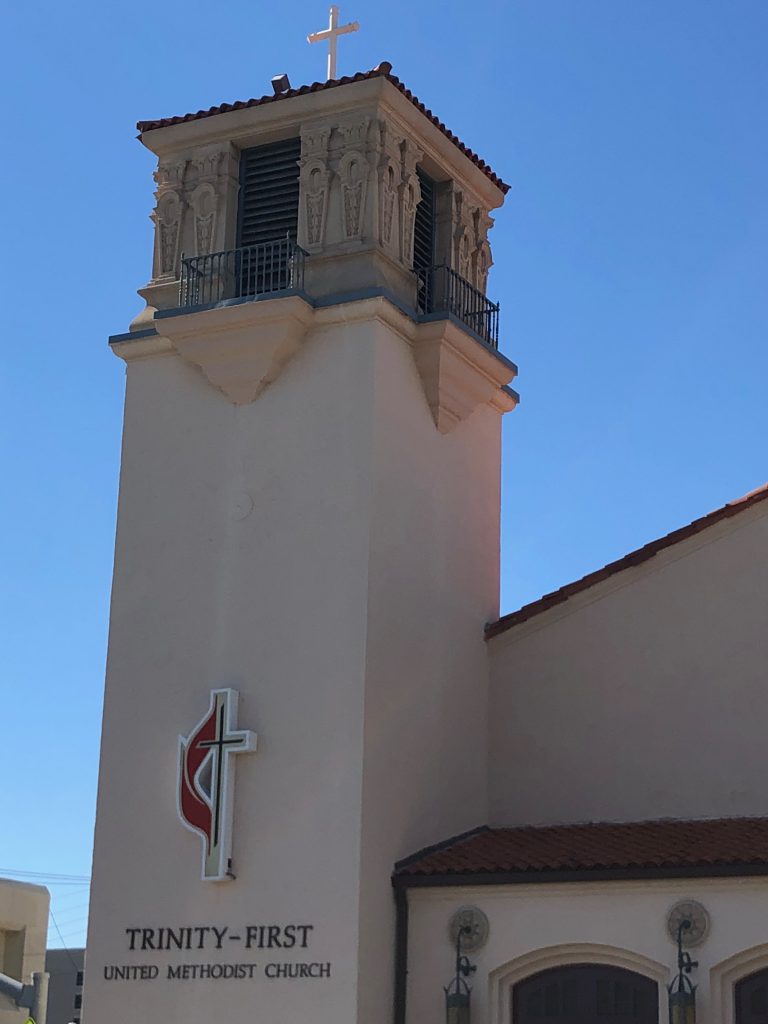
Boomer Catholics have rejected traditional buildings while young Protestants now hunger for them. Happily, the new and upcoming Generation Z of Catholics have no desire for their Catholic Churches to look like adobe-built Five-Guys burger joints. Art follows faith and life (and of course, art leads faith, as seen in the Charlton Heston movie, The Agony and the Ecstasy.) Faith will always be expressed incarnationally, try as iconoclasts might to suppress it. (This is more proof that the heresy of modernism is truly the synthesis of all heresies, including even iconoclasm!) But no heresy will ever win, including iconoclasm. We see the faith-hunger of Generation Z, and their desire for total Catholicism instead of half-Catholicism. Thus, I have a great hope that the Catholic Churches of the Southwest USA will one day look like the glory of Christendom that arrived there at the hands St. Junipero Serra a few hundred years ago, as seen in the featured image at the top of the mission in San Diego, or this San Juan Capistrano mission built in 1776, an important year in this country for more than one reason:
